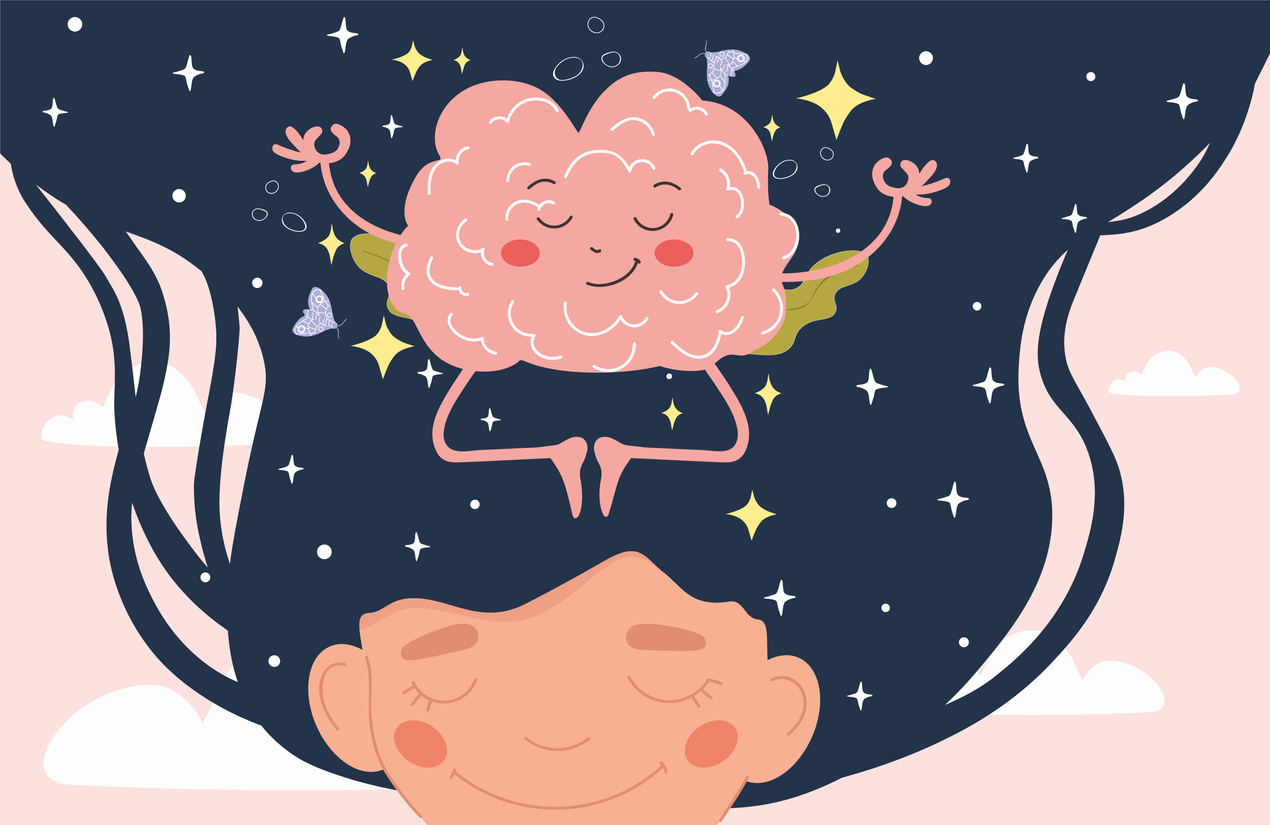Living with Chronic Pain
Tips for Dealing With Automatic Thoughts

Thoughts can greatly impact feelings and behavior. Distorted and negative thoughts often have an adverse effect on self-perception, relationships, and overall well-being. Automatic thoughts become habitual and occur without conscious effort.
Certain automatic thoughts may be harmless, such as remembering to walk the dog when noticing the leash. Others are related to distorted thinking patterns, which can exacerbate many mental health issues. Dealing with automatic thoughts can be difficult. The following tips can be used to help undertake these thought patterns.
Identify automatic thoughts
Automatic thoughts happen without conscious effort, making them difficult to notice. In order to properly deal with automatic thoughts, they must first be identified. Examples of distorted automatic thoughts include labeling or mislabeling, disqualifying the positive, black-and-white thinking, jumping to conclusions, emotional reasoning, mental filtering, overgeneralization, “should” statements, catastrophizing, or minimization.
Keep a journal
Keeping a journal is beneficial in identifying automatic thoughts. When looking over past entries, a person can search for thought patterns that tend to repeat themselves. For instance, if a person notices that they tend to predict the worst possible outcome any time they write about a challenge they are facing, they may deal with thought patterns related to catastrophizing and jumping to conclusions.
Practice mindfulness
Mindfulness can be used as a tool to notice and identify automatic thoughts as they occur. Mindfulness helps a person notice their thoughts, feelings, and sensations in the present moment. Meditation, deep breathing, and body scan are a few examples.
Radical acceptance
Radical acceptance includes accepting the way things are in the present moment. Practicing radical acceptance with automatic thoughts might require entertaining the idea that the thought might be true, and to sit with the discomfort that follows. Many people find that following a trail of “what if’s” can actually show them that the situation is not as scary as they initially thought.
Replace the thoughts with “and” statements
When dealing with automatic thoughts, it can be harmful to replace the thoughts with mindless positivity. Using “and” statements helps a person to recognize that two things can be true at the same time. For instance, if a person’s automatic thought is, “I am going to fail this test,” changing the thought to “I am going to ace this test!” is still a predictive statement that is impossible to prove at that moment. An “and” statement (for example, “I am having trouble on this test, and I am still trying my best”) can help to validate both the feeling of struggle and the recognition that a person is doing their best. “And” statements can also provide the possibility for multiple outcomes. For example, “This test is difficult, and I will not know my results until it is graded.”
Focus on the facts
Automatic thoughts tend to be based on emotions instead of facts. Although the feelings are valid, they are not always rooted in the truth. For example, a person might have an automatic thought, such as “Jenny purposefully left her boots in the hallway to make me trip and hurt myself.” Without talking to Jenny, it would be impossible to know the reason or intention. It could be possible that the boots were put away, but the dog dragged them into the hall. The known fact is that the boots are in the hallway. How they got there and why is not provable without knowing more about the situation.
Additional sources: Positive Psychology and Verywell Mind


















